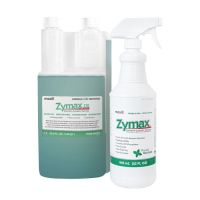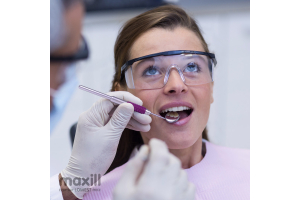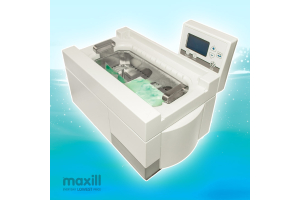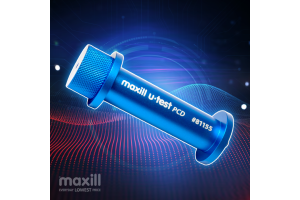The Power of Enzymatic Cleaners and Their Role in Dental Practices
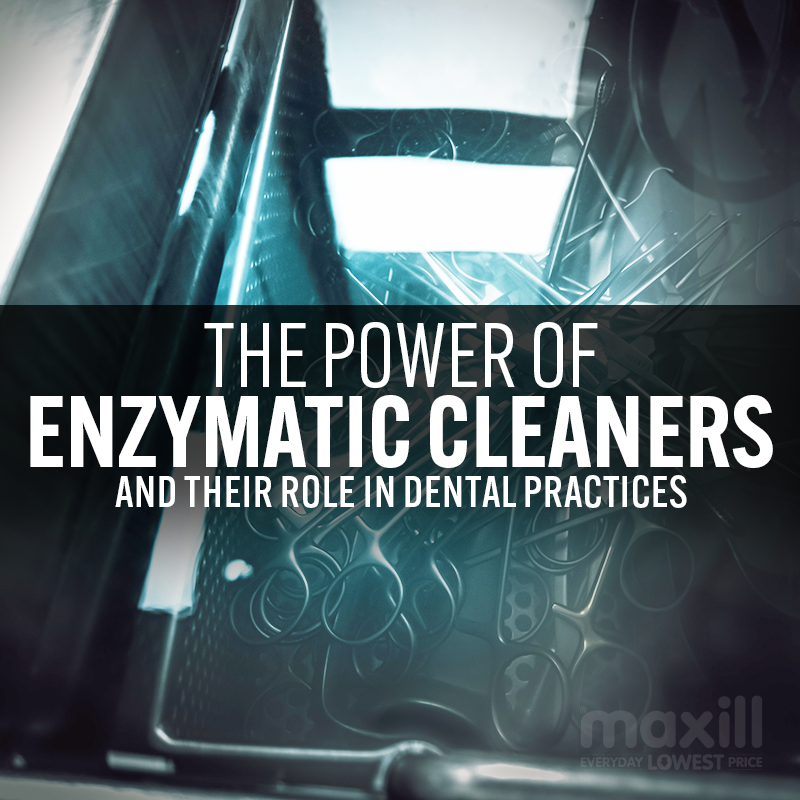
Enzymatic cleaners are fundamental assets within dental practices, offering a targeted and efficient solution for the removal of organic residues from instruments used in various procedures. Their mechanism of action, controlled through specific enzymes, ensures a thorough cleaning process that goes beyond what conventional cleaners can achieve. In dentistry, these cleaners play a pivotal role in upholding strict hygiene standards, minimizing contamination risks, and prolonging the lifespan of essential instruments and equipment.
Enzymatic Action and Specific Enzymes:
Enzymatic cleaners employ a diverse range of enzymes, each tailored to break down specific organic compounds present on dental instruments.
Proteases: These enzymes specialize in breaking down protein-based residues. In the context of dental instruments, proteases like subtilisin, papain, and bromelain are commonly used. They target and break down organic materials such as blood, saliva, and tissue remnants that contain proteins. By effectively breaking down these protein-based residues, proteases ensure a thorough cleaning process.

Amylases: Amylases focus on breaking down starch-based residues commonly found as food particles on dental instruments. They effectively degrade and remove the starch-based debris, ensuring a comprehensive cleaning of instruments.
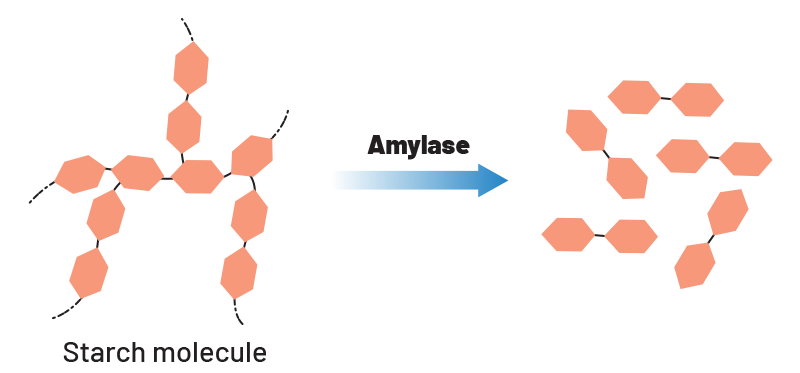
Lipases: Lipases target fatty residues originating from lipids or oils. These enzymes are responsible for breaking down and removing fatty deposits present on dental instruments, enhancing the cleaner's ability to eliminate all types of organic materials effectively.

Each type of enzyme serves a specific purpose in enzymatic cleaners, collectively ensuring a comprehensive and targeted cleaning process that tackles various organic residues commonly encountered in dental practices. The specificity of these enzymes allows for a more thorough and efficient cleaning compared to conventional cleaners, contributing to the maintenance of strict hygiene standards within dental offices.
Application in Dental Offices:
The application of enzymatic cleaners in dental offices is a structured and critical component of instrument hygiene protocols. Their application follows a systematic procedure:
Initial Cleaning Protocol: After the removal of visible debris through rinsing or mechanical methods to eliminate visible debris, instruments are either soaked or treated with enzymatic solutions or sprays. This initial step prepares the surfaces for a more thorough cleaning process.
Ultrasonic Baths: Concurrently, ultrasonic baths* amplify the cleaning process by using vibrations to agitate the enzymatic solution. This agitation effectively targets and removes stubborn residues, ensuring a more comprehensive, deeper cleaning of the instruments.
*Regular testing and maintenance logs for ultrasonic baths are recommended to ensure peak equipment performance
Compatibility with Materials: Enzymatic cleaners are formulated to be compatible with many instrument materials, ensuring effective cleaning without damaging sensitive parts like plastics, metals, or delicate surfaces.
By adhering to a systematic protocol and utilizing ultrasonic baths in conjunction with enzymatic cleaners, dental practices ensure a thorough and gentle cleaning process. This approach not only guarantees effective removal of residues but also safeguards the integrity of instruments, prolonging their lifespan.
Benefits of Enzymatic Solutions in Dentistry:
The utilization of enzymatic cleaners in dental practices offers several substantial advantages extending beyond mere cleanliness:
Optimized Cleaning: Enzymatic cleaners outperform traditional detergents or cleaners, ensuring a superior level of hygiene. Their meticulous action removes a wide spectrum of organic residues, maintaining an elevated standard of cleanliness crucial in dental settings.
Infection Control: Ensuring instruments are thoroughly cleaned is crucial in reducing the chance of spreading bacteria or viruses between patients. This commitment to stringent infection control protocols helps protect the safety of both patients and dental staff in a dental clinic setting.
Instrument Preservation: Enzymatic cleaners not only cleanse but also preserve the integrity of dental instruments. By preventing the buildup of organic residues, these cleaners protect instruments from corrosion, discolouration, or functional damage. This preservation significantly extends the lifespan of instruments, ensuring continued functionality and protection of the clinic’s investments.
Sterilization Efficacy: Clean instruments markedly enhance subsequent sterilization procedures. The presence of organic matter and debris can compromise sterilization efficacy. Cleaning with enzymatic solution ensures a pristine surface, allowing sterilization methods to work more effectively, thereby maintaining impeccable infection control protocols.
The comprehensive benefits of enzymatic cleaners in dentistry go beyond cleanliness; they reinforce infection control measures, protect valuable instruments, and optimize sterilization processes. This renders these cleaners as essential elements in maintaining rigorous Infection Prevention and Control standards within dental offices.
The Future of Enzymatic Cleaners:
As the field of dentistry undergoes continuous transformation, ongoing research endeavours are dedicated to advancing enzymatic cleaner formulations. The primary focus of these endeavors is twofold:
Advanced Formulations: Ongoing research aims to pioneer more potent enzymatic cleaners. These next-generation solutions are designed to exhibit heightened specificity and efficacy against an increasingly diverse spectrum of organic resides commonly found on dental instruments. The goal is to develop formulations that excel in targeting and eliminating a wider range of organic materials, thereby enhancing the cleaning process.
Regulatory Standards: Simultaneously, there is a steadfast emphasis on adhering to strict regulatory standards and guidelines. This commitment ensures not only the efficacy but also the safety of enzymatic cleaners used in dental settings. By complying with these standards, the dental industry ensures the cleaners employed maintain a high level of effectiveness while remaining safe for both patients and dental professionals.
By exploring these evolving frontiers, the development of more advanced enzymatic cleaners that are both highly effective and safe aligns with the ever-shifting infection control practices in dentistry. These innovations position enzymatic cleaners as fundamental and indispensable components in the ongoing evolution of regulatory standards for maintaining cleanliness within dental clinics.
Conclusion
Enzymatic cleaners are revolutionizing dental cleaning processes, offering targeted solutions that outstrip conventional methods. With specialized enzymes like proteases, amylases, and lipases, these cleaners meticulously tackle various organic residues, ensuring a thorough cleaning process crucial for maintaining stringent Infection Control and Prevention protocols in the dental setting. Their systematic use, coupled with ultrasonic baths, not only guarantees cleanliness and reinforcing infection control, but preserves instrument integrity, and bolsters sterilization efficacy. Ongoing research underscores the integral role of these cleaners and their role in regulatory benchmarks in dentistry standards, emphasizing their indispensability in protection of patients, dental professionals, and their investments.
Sources:
https://www.nycoproducts.com/resources/blog/simple-science-how-enzymes-clean/
https://www.cdc.gov/infectioncontrol/guidelines/disinfection/cleaning.html
Additional Resources:
Public Health Ontario: Reprocessing of Dental/Medical Equipment/Devices (English) [PDF-1158 KB]

